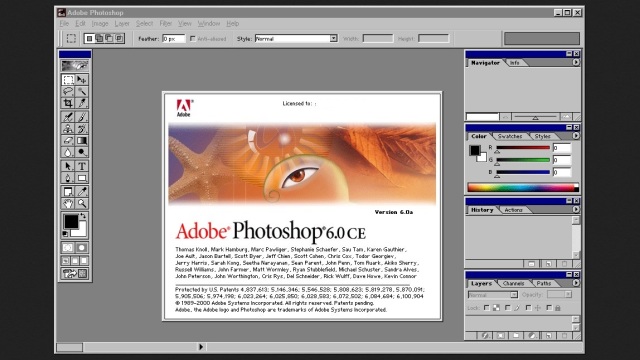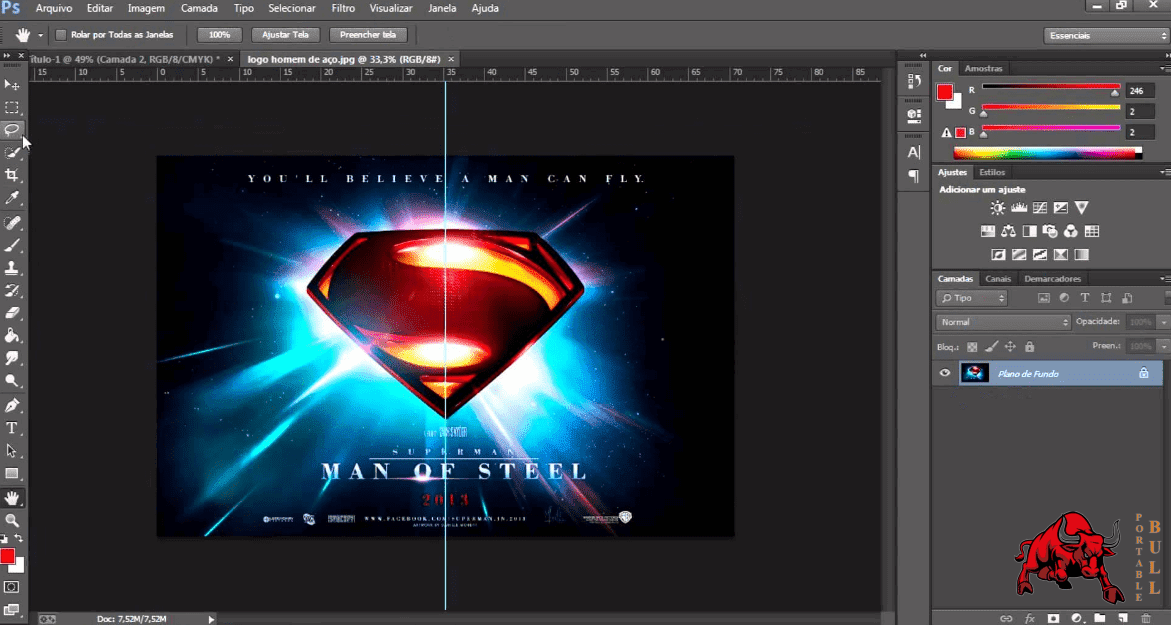
Then use these in your %PATH%.įor example, 'C:\Program Files' becomes 'C:\PROGRA~1'. But for most uses it works well.īut generally, I haven't had to worry about avoiding adding directories to the path.Īnother idea: Use DIR /X to determine the short names generated for non-8dot3 file names. Some programs really insist on being in the path (that's pretty rare nowadays), and other programs that try to invoke it might not find it properly. Which essentially creates an alias for the command. Otherwise, I'll add a simple cmd/batch file to the c:\util directory that looks something like: files\whereever\foo.exe" %* most command line utilities get thrown into a c:\util directory that's on the path.
#PHOTOSHOP 64 32 차이 WINDOWS#
I generally don't have to worry about this (I haven't run into a path size limit - I don't even know what that is on modern Windows systems), but here's what I might do to avoid putting a program's directory in the path: I find this approach relatively clean and have yet to run into any problems with it. My batch files typically look like this: off This is also handy for avoiding conflicts between executables with the same name (such as the C++ and D compilers, which both have a make.exe). I find I never really need all those paths at once, so I create a bunch of "initialization" batch files which modify the path accordingly.įor example, if I wanted to do some C++ development in Eclipse, I would do: > initmingw Rem You do not need to change anything that follows. Rem that is located in another directory.

Rem This batch file points to an executable of the same name

예를 들어 C:\this_is_a\long_path\that_appears\in_multiple_places\subdir1 Ĭ:\this_is_a\long_path\that_appears\in_multiple_places\subdir2


 0 kommentar(er)
0 kommentar(er)
